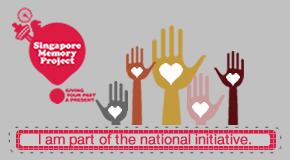Nepal may look small on the map, squeezed between India and China, but its population of 30 million puts it in the league of Australia. Its banks, however, operate at a different scale – typically serving 1–5 million customers with lean teams and operating in a context of just $1,400 in per capita GDP (gross domestic product).
My view is that every Nepalese bank should aim to be digital-first. Nubank, Revolut, and Chime have shown that banks can scale without large headcounts even before factoring in AI. But Nepal still has a deep cultural preference for face-to-face banking, which will take time to shift.
What’s more urgent is breaking free from the pricing tyranny of Indian IT vendors. There is no reason why a bank in Kathmandu should be paying the same licence fees as one in Mumbai, especially when most of the core system functionality goes unused. The business model of these vendors no longer fits smaller markets—and it’s the vendors who need to adapt, not the banks.
Nepal’s banks must also look beyond traditional metrics. SMEs and cottage industries are plugging into global supply chains on their own terms, often bypassing the banking system entirely. Young Nepalese are freelancing, designing, coding, and earning globally many without ever stepping into a bank branch.
Then there’s the $11 billion in annual remittances. This isn’t just a flow of cash it could be a foundation for asset creation. Like the Philippine experience, Nepal could help its diaspora build wealth at home through homes, businesses, and investments.
Finally, on a personal note, I was deeply moved by a hand-painted Thanka created by master artisan Tsonamgel Lana at Boudhanath Stupa. His meticulous craftsmanship was a powerful reminder that even in a world racing toward digitisation, there is enduring value in detail, tradition, and the human touch.
AI won’t just modernise Nepal’s banking sector it could help it leapfrog outdated systems entirely. That’s the real promise: not to follow, but to build something fit for the future.







